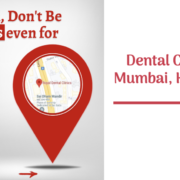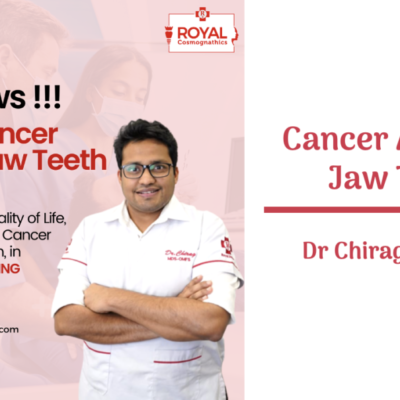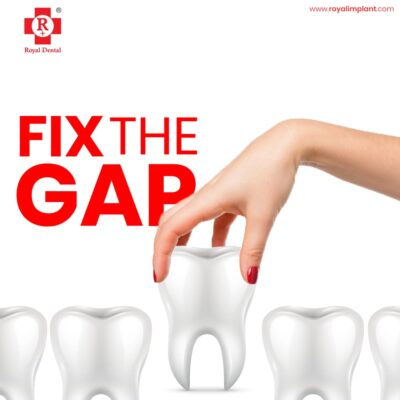When it comes to diagnosing and evaluating the different issues in your patients’ mouths, there are a variety of tools available. Among these is the dental cone beam computed tomography scan (CBCT). However, as with any other procedure or test, not all patients will find that a CBCT is an ideal fit for them or their particular issue. That said, it does offer some benefits that other scanning options don’t. With that in mind, you might be wondering if a CBCT can help you see certain issues like sinusitis or nasal allergies. Cone beam scans provide 3D images of the inside of your patient’s mouth and face with remarkable detail. Some dentists have found that this type of scan can give them more insight into their patient’s sinus issues than they were able to see with traditional dental x-rays or even MRI scans.
What is a CBCT scan?
A CBCT scan is a type of CT scan that uses a cone-shaped x-ray beam to create high-quality images of your patient’s teeth and mouth. Its name derives from the fact that it uses a cone-shaped beam to create the images. CBCT technologies have been used in medicine for years, but dental CBCT has only been around since the early 2000s. CBCT scans use x-rays to see inside your patient’s mouth and teeth. This is much like how x-rays in general work, with two major differences. First, CBCT uses a cone-shaped beam that’s much narrower than the wide beams used in x-ray machines. This reduces the amount of radiation your patient receives. Second, CBCT scans use lower radiation than standard x-rays.
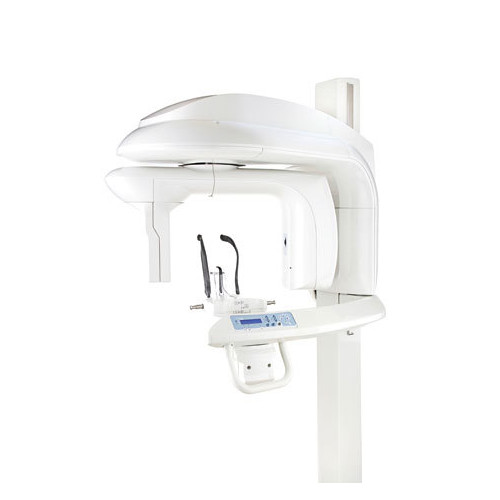
3D cone beam computed tomography (CBCT) is an imaging technology that allows dentists to evaluate the underlying bone structure, as well as the nerve pathways and surrounding soft tissues. During a CBCT scan, the imaging machine rotates entirely around the patient’s head. In less than a minute, about 150-200 images are captured from a variety of angles and compiled into a single 3D image.
What to know about CBCT scans?
CBCT scans are quick and in most cases, a full mouth scan only takes about 20-40 seconds. When having a CBCT scan taken, you can expect to be seated while an x-ray arm slowly rotates around your head. To ensure your head remains still during the scan, your dentist may have you rest your head against part of the machine and/or use stabilizers in or around your ears to gently hold your head in place. The scan should cause you no discomfort.
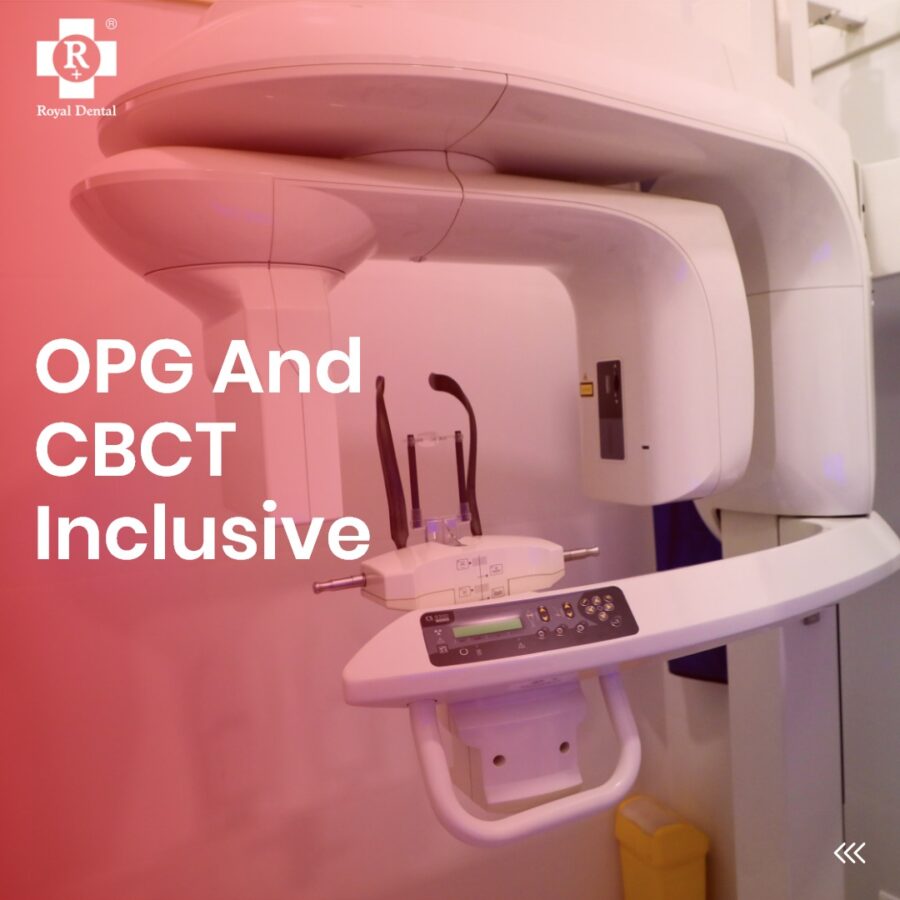
In case you are wondering, CBCT scans do use radiation, however, they use significantly less radiation than traditional CT scanners and are considered to be safe. At any given time, we are all exposed to what is known as background radiation. A medical CT scanner produces enough radiation to be equivalent to 63-154 days of background radiation, while a CBCT scan only produces about 6-30 days of background radiation.
How does dental CBCT scan work for sinus issues?
CBCT scans work by taking multiple images of your patient’s face and teeth while they are in the dental chair. As your patient’s head and jaw move from image to image. The software stitches the images together to create a 3D image of your patient’s mouth and teeth. CBCT scans work best for patients who are able to hold their heads still for the duration of the scan.
It’s possible to perform a CBCT scan with your patient sitting upright in a dental chair. But it’s much more common to perform it with the patient lying down. The dentist makes an incision in the patient’s cheek, and a device called a CBCT probe is inserted into the incision. The CBCT probe captures images of your patient’s teeth and jaw as the CBCT machine rotates the probe around.
Is it possible to see sinus issues in a CBCT scan?
A CBCT scan may help you see issues with your patient’s sinuses or nasal passages and gain insight into the cause of their issues. Sinus issues and nasal allergies are often the results of swelling and inflammation. CBCT scans can help you see the areas of swelling and inflammation, which can be particularly helpful if you’re trying to determine if the issue is caused by dental work.
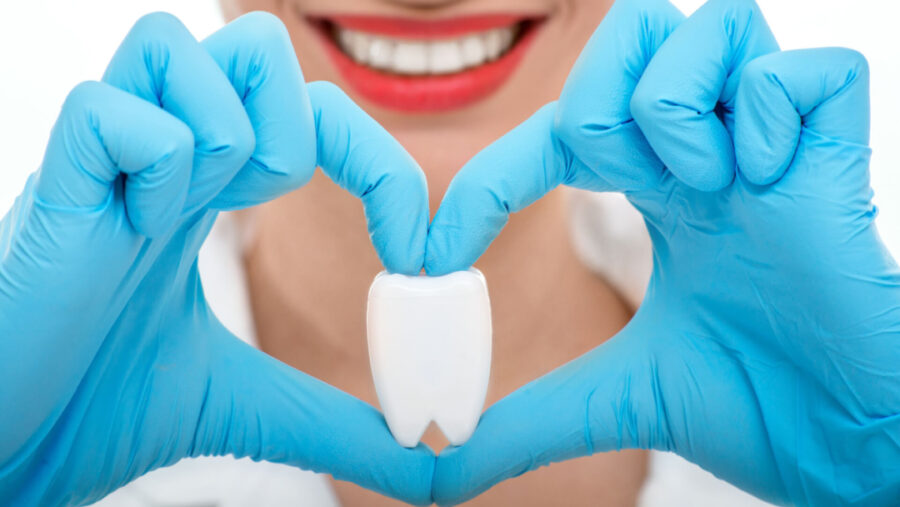
Dental work can cause sinus issues, but in many cases even when standard x-rays show no signs of a problem sinuses are still inflamed. This is because dental x-rays penetrate only a few centimeters into the patient’s head. But the sinuses extend into the patient’s skull. CBCT scans can provide a much more detailed image that helps you see the sinuses and their position. This can help you determine if dental work is causing the issues or if there are other causes.
Benefits of a dental cone beam scan | Sinus issues
Like other imaging options, CBCT scans don’t just give you a picture of your patient’s teeth and jaws. They also provide images of other structures in the patient’s mouth and faces, such as their sinuses and nasal passages. This can be helpful if your patient has sinus issues or nasal allergies, as sinuses are often the root cause of these issues. A CBCT scan may help you see the areas of swelling and inflammation that could be contributing to your patient’s issues. CBCT scans also provide higher-resolution images than traditional dental x-rays. This can be useful if you’re trying to identify specific areas of dental decay or infection.
Limitations of a CBCT scan
CBCT scans aren’t right for every patient, and they may not provide all the information you need. CBCT scans don’t provide the same level of information as dental x-rays. So they won’t be able to detect decay or other dental issues that x-rays can. This means that CBCT scans alone may not be enough to assess your patient’s dental health. CBCT scans also provide less information than CT scans done in other settings. This means they can’t be used to detect diseases like cancer or other serious health issues.
Final words
A CBCT scan may help you see issues with your patient’s sinuses or nasal passages and gain insight into the cause of their issues. Sinus issues and nasal allergies are often the results of swelling and inflammation. CBCT scans can help you see the areas of swelling and inflammation. Which can be particularly helpful if you’re trying to determine if the issue is caused by dental work.
Dental CBCT scans are most useful when you’re trying to determine what’s causing sinusitis or nasal allergies. If your patient has dental issues. A CBCT scan may help you see the level of decay or infection in their teeth. If they don’t have dental issues, a CBCT scan may still be helpful. It can let you see how the nasal passages and sinuses are positioned. That information can help you diagnose and treat issues like allergies, sleep apnea, and other problems in the mouth and nose.



